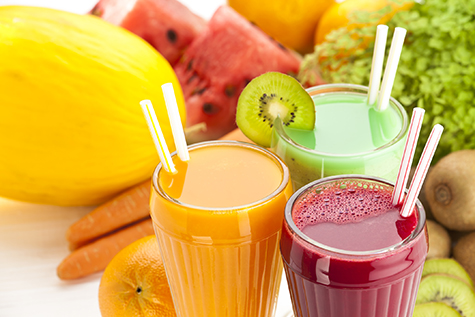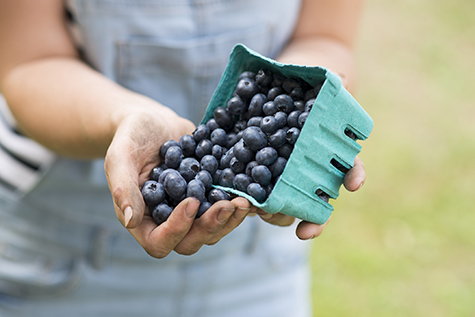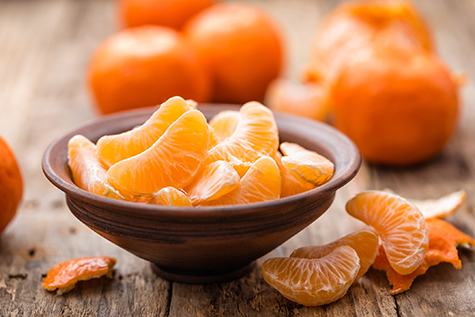Fruit Juices Could Increase Diabetes Risk

Fruit can be an excellent snack, but are you eating it the right way? Yes, there actually is a “right way” to eat fruit, believe it or not.
And guess what? It doesn’t involve a glass or a straw.
Why? Because according to a recent study, drinking fruit juice is likely to increase your risk of diabetes, while eating whole fruits could actually decrease your risk.
When we add this on top of what we already know about processed fructose, things really start to add up.
Let’s attempt to unravel this “fruit paradox”, shall we?
Eating Fruit May Lower Diabetes Risk
Harvard researchers analyzed data from three different studies. They wanted to determine if eating certain fruits was associated with Type II diabetes. The data included questionnaires regarding fruit intake.
Overall they found that eating 2 servings of whole fruits a day was associated with a 13% decreased risk of type II diabetes compared to those who ate fruit once a month.
The lower risk was found for certain fruits such as apples, blueberries, and grapes. In comparison, people who drank 1 or more servings of fruit juice a day increased their risk of diabetes by 21%.
Blame it on the Glycemic Index?
So why does eating fruit apparently protect against diabetes while drinking fruit juice increases the risk? The Harvard researchers aren’t exactly sure, but they think the glycemic index may be a culprit.
The glycemic index is a measure of how quickly a food raises blood sugar levels; the higher the score, the faster a food raises blood glucose levels. Overall, fruit juices display higher glycemic scores than whole fruits.
Whole fruits contain fiber, which slows digestion, blunting the effects of blood sugar spikes. On the other hand, fruit juices can spike blood sugar levels quickly.
Chronic blood sugar spikes can eventually lead to insulin resistance, a precursor to Type II diabetes.
Anthocyanins Protect Against Diabetes
Although fruits contain their fair share of sugar, they also contain valuable antioxidants. One group of antioxidants called anthocyanins is found in blue, purple, and red fruits.
If you recall, the Harvard study found that eating blueberries, apples, and grapes was associated with a decreased risk of diabetes. These fruits are rich in anthocyanins.
Diets high in anthocyanins have been associated with a lower risk of type II diabetes. Anthocyanins lower blood sugar levels, and they protect insulin-producing beta cells from oxidative stress. Animal studies have shown that anthocyanins help tissues utilize glucose.
Berries are among the richest sources of anthocyanins. Of course, if you’d like the benefits of anthocyanins without eating whole fruits, you can also supplement with them.
Eat Whole Fruits
The implications of this study are pretty darn straight forward: Choose whole fruits over fruit juice.
Plus, let’s not forget that whole fruits have several other advantages over fruit juices. They’re more filling, lower in calories, and contain beneficial fiber, which has been shown to protect against diabetes.
Simple enough, isn’t it?
By Maylin Rodriguez-Paez, RN




